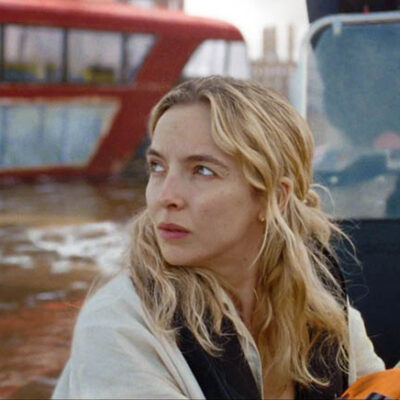By CHRIS McGOWAN
When HBO decided to reboot the Perry Mason TV series about a formidable criminal defense attorney in Los Angeles, it embarked on a nearly total re-imagining of one of the most beloved programs in television history.
Based on Erle Stanley Gardner’s novels, the original Perry Mason starred Raymond Burr in the titular role and ran from 1957-1966, with Burr returning for some two dozen TV movies from 1985 to 1993. The courtroom drama was an orderly affair with Mason always winning his case by the end and justice inevitably being served. The creators and showrunners of the new version – Rolin Jones and Ron Fitzgerald – sent the show back in time to 1932, steeped it in noir atmosphere and morphed the well-groomed lawyer into a seedy, down-on-his-luck private investigator (Matthew Rhys) who drinks too much and suffers from World War I flashbacks.



























